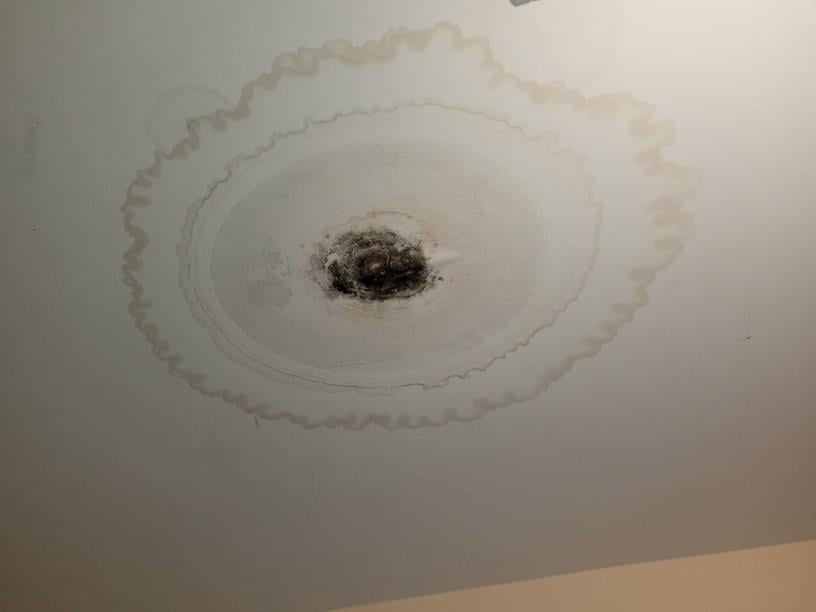Each person will have their unique piece of advice in relation to Finding hidden leaks.

The minute you locate a leak, calling your plumber for repair services is the best option. Nonetheless, some tiny water leakages might not be visible. If you can not identify it with your naked eyes, below are some hacks that aid.
Early detection of leaking water lines can minimize a prospective calamity. Aside from conserving you money, it will certainly decrease the irritation and also aggravation.
Examine Water Consumption
Examine your water expenses and track your water consumption. As the one paying it, you must notice if there are any discrepancies. If you detect sudden changes, in spite of your consumption being the same, it suggests that you have leaks in your plumbing system. Bear in mind, your water bill need to fall under the same variety every month. An abrupt spike in your costs shows a fast-moving leak.
Meanwhile, a steady increase each month, even with the exact same routines, shows you have a sluggish leakage that's additionally gradually intensifying. Call a plumber to thoroughly examine your residential or commercial property, specifically if you feel a warm location on your floor with piping below.
Examine and Analyze the Situation
House owners ought to make it a behavior to check under the sink counters as well as even inside cabinets for any kind of bad odor or mold growth. These 2 warnings show a leakage so punctual focus is called for. Doing regular assessments, even bi-annually, can conserve you from a major issue.
Examine the Water Meter
Examining it is a proven method that aids you find leakages. If it moves, that shows a fast-moving leak. This means you might have a slow-moving leakage that might even be underground.
Asses Exterior Lines
Do not fail to remember to check your exterior water lines as well. Should water permeate out of the link, you have a loosened rubber gasket. One tiny leakage can waste tons of water and also spike your water costs.
Do a Food Coloring Test
When it comes to water intake, 30% comes from bathrooms. If the color somehow infiltrates your dish during that time without flushing, there's a leak in between the tank and also dish.
Inspect for discolorations and damaging as the majority of appliances and also pipes have a life expectancy. If you believe dripping water lines in your plumbing system, do not wait for it to rise.
The moment you discover a leak, calling your plumber for fixings is the finest remedy. Some small water leaks might not be visible. Examining it is a surefire means that assists you uncover leaks. One small leakage can waste lots of water and spike your water costs.
If you suspect leaking water lines in your plumbing system, don't wait for it to intensify.
The Dangers of Undetected Water Leaks
Mold
One of the most common results of undetected water leaks in your home is mold. Under the right conditions, mold can begin to grow and spread in just a day or two.
Moisture from water leaks combined with humidity and lack of ventilation allow mold spores to germinate and start spreading.
And while household mold doesn’t carry the same health risks as substances like asbestos, they can cause allergic reactions in people sensitive to them or with asthma.
Structural Damage
When water leaks occur in places we can’t see — above the ceiling, behind walls or beneath floors — they often have time to do some serious damage before making themselves known.
You might notice cracks or bubbles appear in your walls or a slow drip or water from the ceiling.
These are signs of water leaks and buildups in the structure of your home. If you don’t jump on these problems soon enough, the wood frame that supports your house could start rotting, leading to costly repairs and increasing the risk of disasters like ceiling or wall collapses.
Water Waste
According to the Alliance for Water Efficiency, the average home can lose anywhere from 2,000 to 20,000 gallons of water per year due to leaks.
High numbers like that might make you imagine a burst pipe spewing out water. But believe it or not, even a small, constant drip from a kitchen sink could add up to over a thousand gallons of wasted water in a single year.
And if you live in a place where you pay for every gallon of water you use, that adds up to a lot of dollars down the drain. So we understand leaks are bad. Let’s take a look at some of the common (and not-so- common) water leaks you might find around your home.
Flush Valve Flapper
The flush valve flapper is a rubber flap that sits above the flush valve at the bottom of the tank. It’s attached to the flusher with a chain. Over time, it can get worn out and lose its seal, causing an endless flow of water into the toilet bowl.
These leaks are hard to detect since they’re usually silent, but there’s a little insider trick you can use with just a little dye or food coloring:
Put a few drops in the toilet tank. Check the water in your toilet bowl 15 minutes later. If any of the color made it into the toilet bowl, you’ll know what the culprit is.
Fill Valve
The fill valve is what replenishes your toilet’s tank water after you flush. If you’ve ever looked inside your toilet tank and seen water gushing out of an upright plastic valve, that’s a faulty fill valve.
https://meetflo.com/blogs/flo/how-to-find-and-repair-water-leaks-a-comprehensive-guide

I was guided to that write-up on Leaking water lines through an associate on a different site. Kindly set aside a second to share this entry if you liked it. Thanks a lot for taking the time to read it.
 Jonathan Taylor Thomas Then & Now!
Jonathan Taylor Thomas Then & Now! Rider Strong Then & Now!
Rider Strong Then & Now! Barret Oliver Then & Now!
Barret Oliver Then & Now! Molly Ringwald Then & Now!
Molly Ringwald Then & Now! Suri Cruise Then & Now!
Suri Cruise Then & Now!